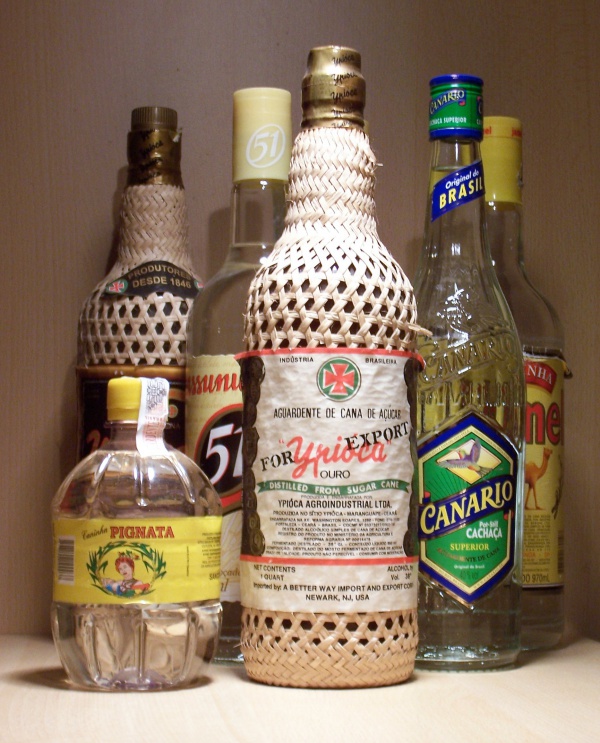Facts About Cachaça
Cachaça, a treasured Brazilian spirit, is crafted from fermented sugarcane juice and is known by various names, including pinga and caninha. While it holds a cherished place in Brazilian culture, outside of Brazil, cachaça is often recognized primarily for its starring role in the refreshing caipirinha cocktail.
The origins of cachaça date back to the 16th century when Portuguese colonizers introduced sugarcane to Brazil. Since then, it has become a quintessential Brazilian product, with Brazilians consuming a significant quantity annually. Cachaça is available in two main varieties: unaged, which is commonly used in cocktails, and aged, which is considered a premium option and is typically savored neat.
What sets cachaça apart from rum is its production process. Cachaça is distilled from fresh sugarcane juice, whereas rum is generally made from molasses. Despite occasionally being referred to as Brazilian rum, cachaça boasts its own unique identity. An agreement signed in 2013 in the United States officially recognized cachaça as a distinct Brazilian product, rather than merely another type of rum.

 Guyana
Guyana